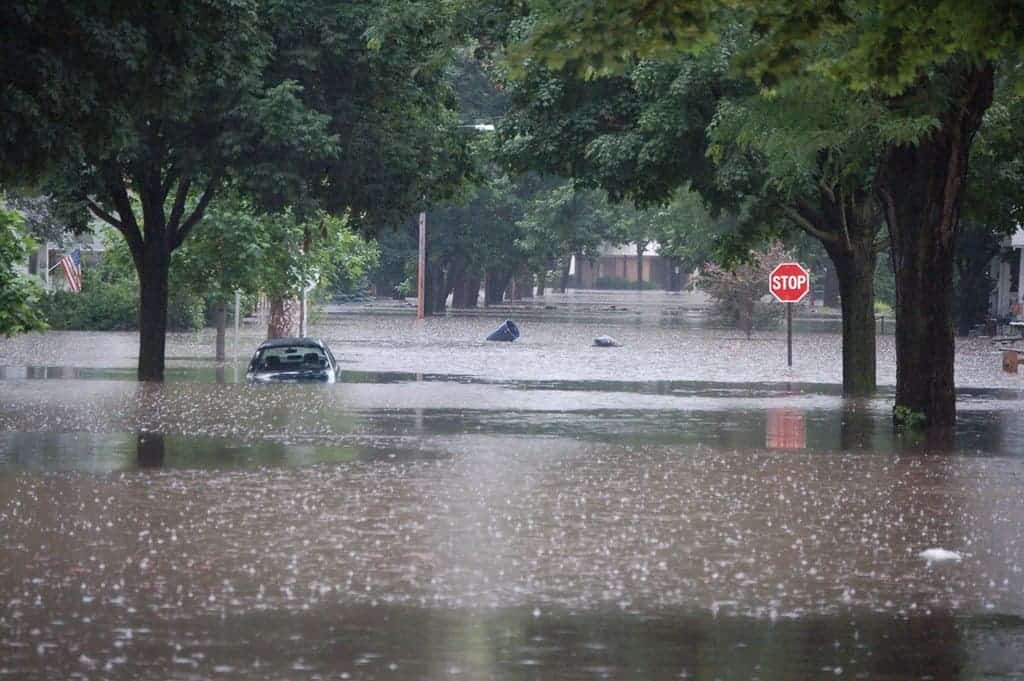Homes and other properties across millions of hectares in the United States are projected to be at least partially submerged by seawater by 2050, according to a new report. The social and economic effects of this event will cascade across the entire country.

The research group Climate Central, a nonprofit that analyzes and reports on climate science, looked at sea level rise that has been projected by the National Oceanic and Atmospheric Administration (NOAA), tidal boundary lines, and records of more than 50 million properties in coastal areas. When they put everything together, they found that about 650,000 individual properties are most at risk of being flooded within the next three decades.
The state of Louisiana has the largest percentage of homes and other buildings at risk, with over 25,000 properties across over one million hectares expected to fall below tide level boundaries by 2050. This means that 8.7% of the state’s total land area could be filled with seawater. However, Louisiana is far from being the only one on the list.
Florida, Texas, and North Carolina are the next three states that are more at risk, accounting for 87% of the land area expected to be lost to the sea. New York, New Jersey, and Maryland were also identified by the researchers as states that are likely to have thousands of properties, from homes to office buildings, flooded in the coming years.
Don Bain, one of the authors of the study, told The Washington Post that the analysis should be a wake-up call for communities that have to adapt to sea level rise as a direct consequence of the climate crisis. “People really haven’t internalized that yet — that ‘Hey, I’m going to have something taken away from me by the sea.’” Bain said.
A multi-faced problem
While the loss of homes and other properties will be a tragedy for owners, that’s just one aspect of the problem, the researchers said. Fewer properties on the coastline will eventually mean fewer taxes and less money to provide essential services in states such as fixing roads, maintaining services, and funding schools and fire departments.
The study also found other potential complications. Municipalities and individuals will have to deal with the high costs of removing inundated structures and flooded septic tanks. This could leave governments on the book for properties that get abandoned, adding even further expenses that weren’t initially contemplated by their budgets.
Alice Hill, a fellow for energy and the environment at the Council on Foreign Relations, said in a statement that the study could be useful for communities to evaluate their risk of the “economic impacts of sea level rise.” Knowing where and when financial impacts will be more severe can inform action and support at the state and national levels, Hill added.
Scientists have repeatedly warned that the carbon built up in the atmosphere after generations of burning fossil fuels would lead to an increasing level rise. Earlier this year, NOAA found that sea levels could rise along US coastlines by about a foot between now and 2050, which is as much change in three decades as over the past century.
The research comes weeks after President Joe Biden signed the Inflation Reduction Act into law, which includes a $369 billion package in climate action and energy security investments. However, the law also mandates a continuation of oil and gas drilling and includes a carbon capture scheme, described by campaigners as extending the life of the fossil fuel industry.









